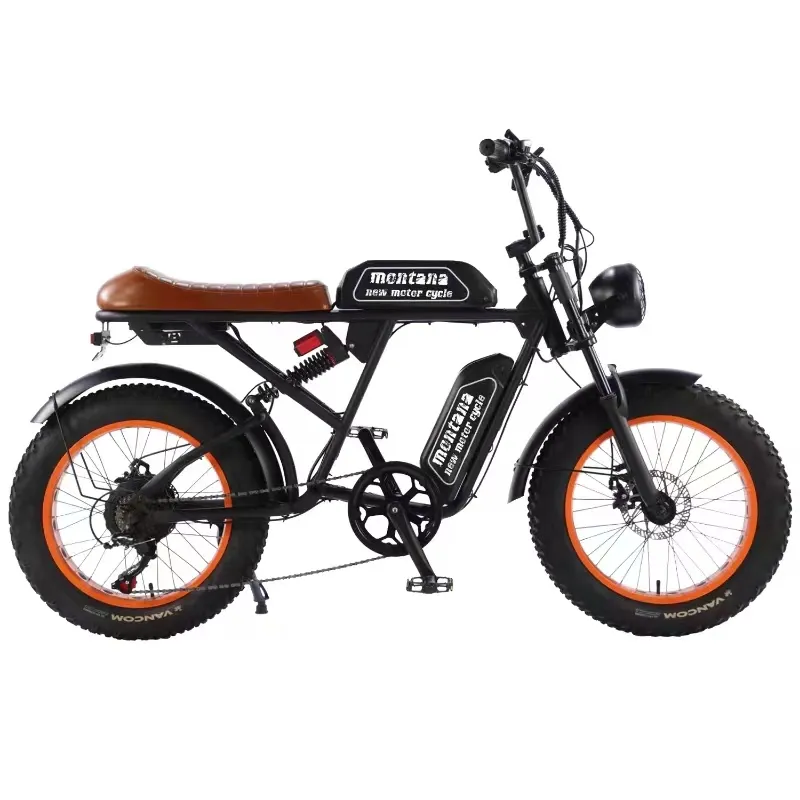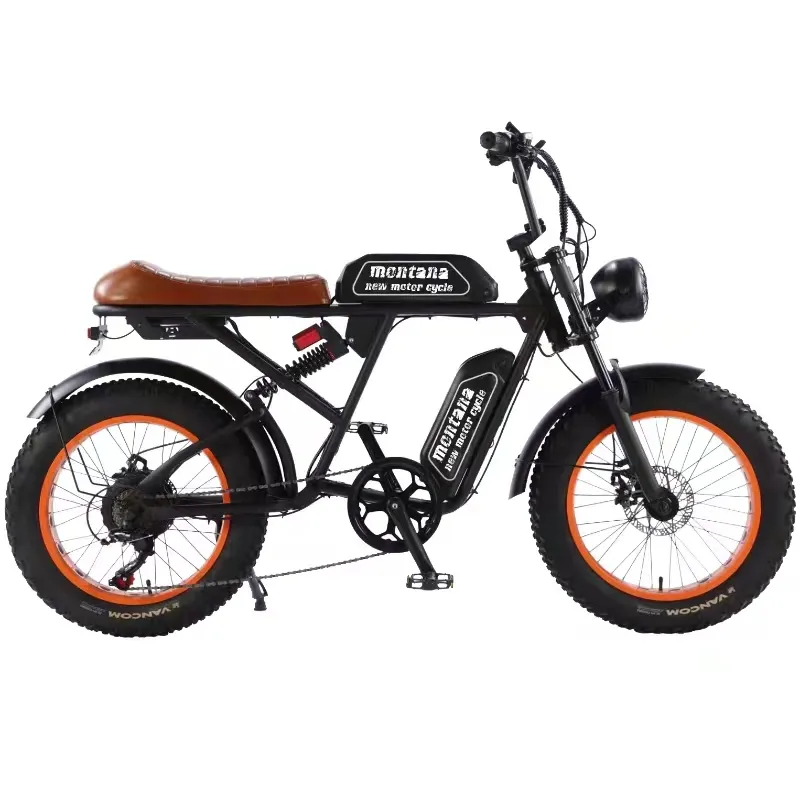Oct . 28, 2025 13:50 Back to list
24 Inch Electric Bike | Compact Power, Delivery-Ready
A Field Note on the 24 Inch Electric Bike Market
If you’ve been watching commuter bikes, you’ll know the mid-wheel niche is heating up. The 24-inch class hits a sweet spot: lower standover than 26–27.5, but steadier than 20-inch folders. And yes, while the photos here show a 20-inch dual-battery fat-tire model from China, the architecture—aluminum frame, rear hub motor, dual 36V packs—maps closely to how many 24 Inch Electric Bike city builds are engineered today.
What’s trending (and why it matters)
In fact, we’re seeing a shift to 21700 cells, smarter BMS, torque-sensor options, and stricter safety certifications (UL 2849 is the talk of the trade). Fleet buyers—campuses, hotels, delivery teams—are asking for step-through 24-inch frames because riders of varied heights feel at home on them. Range claims are finally maturing too; real-world numbers are replacing brochure fantasy. To be honest, it’s overdue.
Reference specs: a practical 24-inch city e-bike
| Wheel size | 24" (urban or ≈24×4.0" fat option) |
| Frame | 6061‑T6 aluminum, TIG-welded, heat-treated; step-through |
| Batteries | Dual 36V 10.4Ah (≈748Wh total); removable; BMS with cell balancing |
| Motor | Rear hub 350–500W nominal (peak ≈750W); sine-wave controller |
| Drivetrain | 7-speed cassette; rust-resistant chain |
| Brakes | Mechanical or hydraulic disc, 160–180 mm rotors |
| Range (PAS) | ≈60–100 km, rider 75 kg, flat terrain; real-world use may vary |
| Top speed | 25 km/h (EU) or 20 mph (US) per local rules |
| Ingress rating | IPX4–IPX5 typical |
| Cert targets | EN 15194, UL 2849 (system), UL 2271/IEC 62133‑2 (battery) |

Use cases and advantages
City commuters under about 5'7" love the lower standover. Delivery riders say 24-inch wheels feel nimble in tight streets yet calmer than 20-inch. With fat 4.0" rubber, light snow or gravel is fair game. Many customers say climbing torque feels stronger on smaller wheels; that checks out—the leverage helps.
How it’s built (short version)
Materials: 6061‑T6 tubes, double-butted where it counts. Methods: precision mitering, TIG welding, T6 heat treatment, alignment jigging. Finish: phosphate + powder coat. Battery packs use 18650/21700 cells with nickel tabbing and MOSFET BMS (temp, short, OVP/UVP). Motors get conformal-coated PCBs and waterproof Higo/Julet connectors.
Testing: ISO 4210 frame fatigue (≈100k cycles), fork impact, salt-spray on fasteners, UN 38.3 and IEC 62133‑2 for cells/packs, IPX splash tests, and system safety checks toward UL 2849. Service life: batteries ≈700 cycles to 80% capacity; chains 2,000–3,000 km; pads 800–1,200 km (rider and terrain dependent).
Vendors at a glance
| Model | Wheel | Battery | Motor | Notes |
|---|---|---|---|---|
| Yanline “MONTANA” (China) | 20" | Dual 36V 10.4Ah | Rear hub 7‑speed | Reference architecture; strong value; 4.0" tires for mixed terrain |
| Brand A 24" City Pro | 24" | ≈500–700Wh | Hub 350–500W | Good commuter geometry; UL/EN variants available |
| Brand B 24" Cargo StepThru | 24" | Dual ≈650–900Wh | Hub or mid 500–750W | Long-tail racks; heavier but stable under load |

Customization and field feedback
Options usually include frame color/decals, 7–9 speed gearing, torque sensor upgrades, racks and fenders, 24×2.4 vs 24×4.0 tires, and battery capacity bumps. One coastal hotel in East Asia rolled out thirty 24 Inch Electric Bike step-through units; after 3 months, downtime dropped ≈18% versus their mixed-wheel fleet, mostly thanks to easier rider fit and fewer bent rims. Riders noted “stable but still zippy” handling—pretty typical feedback.
Bottom line
If you need confident urban handling without towering standover, the 24 Inch Electric Bike category is quietly becoming the industry’s practical pick. Look for verified certifications, honest range data, and robust aftersales. The rest—paint schemes, accessories—that’s the fun part.
- EN 15194: Electric bicycles – EPAC safety requirements. https://standards.cen.eu
- UL 2849: Electrical Systems for eBikes. https://www.ul.com
- UL 2271: Batteries for Use In Light Electric Vehicle Applications. https://www.ul.com
- ISO 4210: Safety requirements for bicycles. https://www.iso.org/standard/
- UN 38.3: Lithium battery transport testing. https://www.unece.org
-
Discover Top E Bike Brand Insights, Specs & Future Trends | Yanline Bike
NewsNov.24,2025
-
Green E Bike – The Future of Sustainable Urban Mobility
NewsNov.24,2025
-
Ruffian eBike: Durable, Efficient Electric Bikes for Modern Mobility
NewsNov.23,2025
-
Comprehensive Guide to the Global E Bike Market and Future Trends
NewsNov.23,2025
-
Understanding Electric Bicycle Range: A Complete Guide for Smarter E-Bike Use
NewsNov.22,2025
-
Ceron Electric Bike – Efficient, Sustainable Urban Mobility Solutions
NewsNov.22,2025
-
Discover the Benefits and Innovations of Go Ebike | Sustainable Urban Mobility
NewsNov.22,2025




